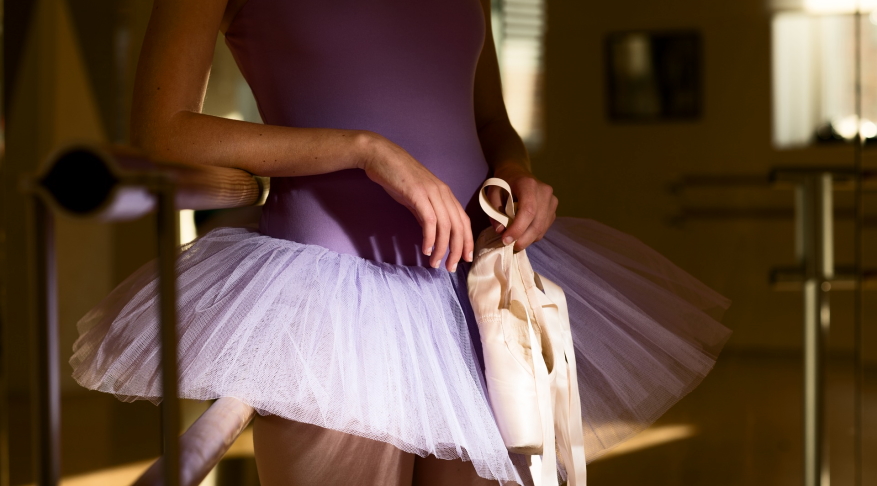Facts about Eating Disorders among Dancers
What are some of the most common eating disorders among dancers? Eating disorders, such as anorexia nervosa, bulimia nervosa, and binge eating disorder, may plague people in the dance world. This is because dancers put their bodies through intense physical stress, making them more susceptible to developing these conditions. Some of the side effects of these diseases include hair loss or thinning hair, severe dehydration due to excessive exercising or purging behaviors, stomach ulcers from frequent vomiting/purging episodes, heart problems because of low body weight, and low blood pressure. For example, one study found that out of 71 participants with a history of dancing for at least ten years who researchers interviewed, there was a prevalence rate for clinically significant disordered eating habits.

Eating disorders haunt dancers
You may be surprised to find out that many dancers suffer from eating disorders. The National Eating Disorder Association reports that nearly 10% of professional dancers have anorexia nervosa and bulimia nervosa. That’s a staggering number! For this reason, all dancers must know the signs of these disorders to get help before they develop into something more serious. So let’s go over some basics below.
Dancers and dance instructors alike have a lot of misconceptions about eating disorders. What are Eating Disorders? Anorexia Nervosa: characterized by an intense fear of gaining weight or becoming fat; often leads to self-starvation and excessive exercise; typically has low body weight (below 85% of ideal) with lack of menstruation in females during puberty; can lead to organ failure, heart attack, and death Bulimia Nervosa: characterized by periods where they eat large amounts of food.
Eating disorders among dancers are an issue in the dance world, but many people don’t realize how prevalent they are. We’ll go over some facts about eating disorders among dancers to help you understand what’s going on with these professionals who often have to watch their weight for their job.

The link between dance and eating disorders
Eating disorders among dancers is a topic that many people don’t know much about. We will give you some tips to help yourself or your child avoids developing an eating disorder.
The first thing we need to talk about is what qualifies as an eating disorder. Anorexia nervosa, bulimia nervosa, and binge-eating disorder are all considered types of eating disorders. Eating disorders can range from mild cases where someone has a hard time sticking to their diet but doesn’t meet other criteria for having an eating disorder (like weight loss) up to severe cases like when someone meets the diagnostic criteria for multiple types of anorexia or bulimia.
Dancers are an interesting lot. They have to maintain a healthy physique while also performing difficult physical feats with their bodies. So it’s no wonder that many dancers develop eating disorders, which can be harmful in both the short- and long term. Let’s take a look at some of the most common eating disorders among this population and how they manifest themselves in different ways.

 Maura Garcia Dance offers performances featuring choreographic works of Artistic Director Maura Garcia and collaborating artists. Garcia founded MGD to uplift cultural values, to form connections and to explore the rhythms of the natural world. From compelling solos to multi-sensory, experiential ensemble shows, MGD provides deeply engaging performances for the stage, the out-of-doors and in response to specific places and events.
Maura Garcia Dance offers performances featuring choreographic works of Artistic Director Maura Garcia and collaborating artists. Garcia founded MGD to uplift cultural values, to form connections and to explore the rhythms of the natural world. From compelling solos to multi-sensory, experiential ensemble shows, MGD provides deeply engaging performances for the stage, the out-of-doors and in response to specific places and events. 










